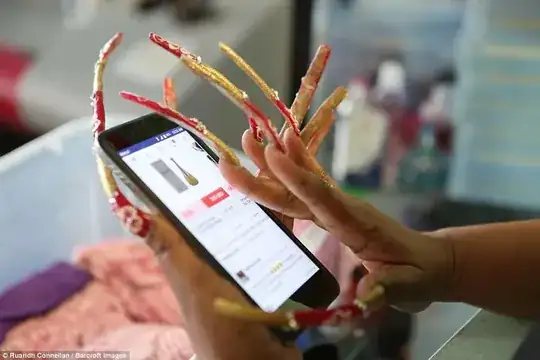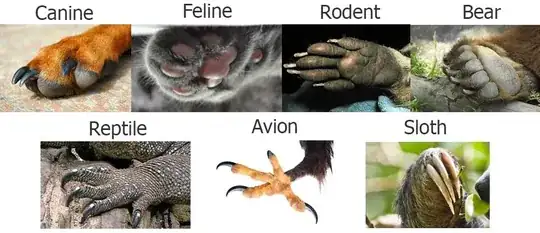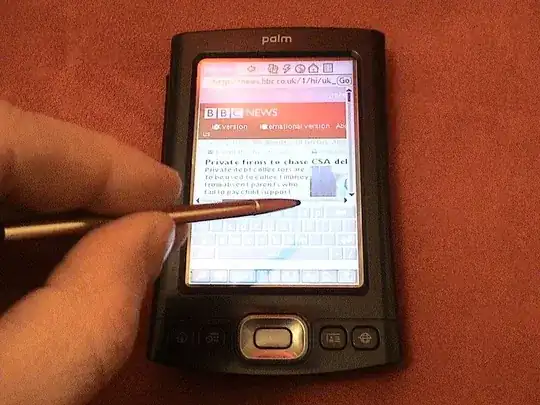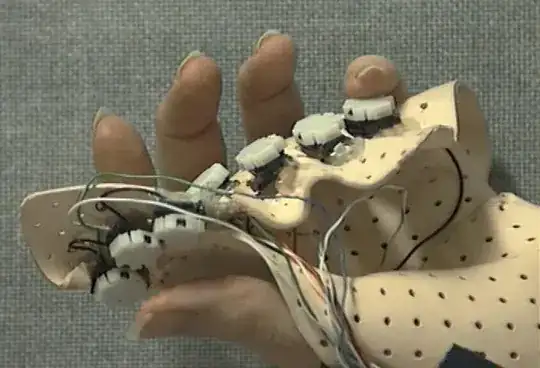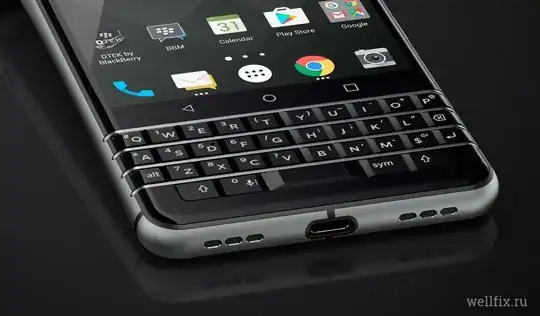In Zootopia, they have computer and smart phones, much like we do. The world I'm writing is similarly populated by anthropomorphic mammals and, like Zootopia, generally possesses technology similar to the modern (2020-ish in my case) real world.
Now, I imagine felines, with their retractable claws, might be okay as-is, but for the rest of the carnivores and probably most omnivores also (actually, I think most or all non-ruminants?) that have non-retracting claws, how would they use smart phones? I guess at minimum they would have really good scratch resistance on their screens / screen protectors, but are there other adaptations that would make sense? Would they even use touch screens? How would they interact with smart phones?
Notes:
- Unlike in Zootopia, people in this world are all "human sized". There is likely some variation (although I haven't really explored this, as my major characters are all around the same size), but in line with human variation (so, perhaps 3' to 7', which is roughly the range of human variation, but much smaller than is depicted in Zootopia). Mostly this matters because it means I don't need Zoolander phones.
- I do specifically want them to have devices similar to smart phones; in particular, interactive devices of similar size with screens and the ability to send text messages. (Not just audio, for many of the same reasons we have textual messaging.)
- I do also have widespread "magic" which is effectively telekinesis, however, only a modest portion of the population can use it directly. Because it is telekinetic in nature, I don't see it being directly usable as an interface, however it can be, and probably is, used to prevent claws from pressing into screens hard enough to leave scratches. In particular, I don't see any way magic could be useful with capacitive touch interfaces, and...
- The people in this world would prefer to use capacitive touch interfaces for the same reasons as in our world; they are solid state and much more durable and reliable.
- There are magic-actuated switches that are used for e.g. power, volume and assistant buttons, but they're relatively expensive, so using more than 3-5 is considered impractical, at least for "mainstream" devices. (Using four as a sort of joystick would be do-able, but would be pretty slow/awkward to use.)
- I'm concerned specifically with people that have claws, but feel free to also suggest options for ungulates if you like. In particular, solutions that can bring the advantages of capacitive touch sensors but also work with keratin (in which case, both ungulates and others would probably just use their claws/hooves as the 'points of touch') are useful.
